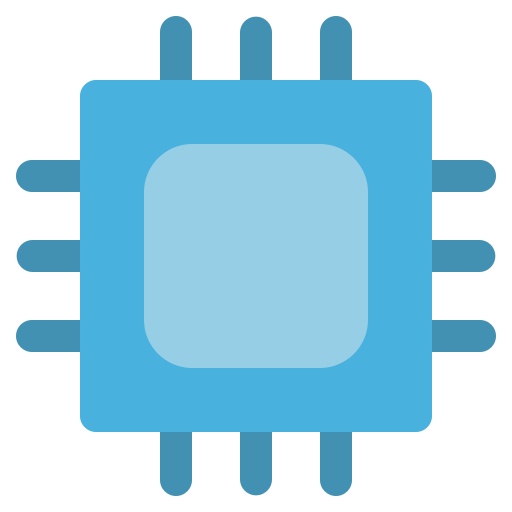

“Partial workaround” wou’d probably be more accurate. As the article body points out, DDR5 SO-DIMM prices are also up, albeit not as much as DDR5 DIMM prices.
But it’s substantial enough of a price difference to be interesting, especially with larger-capacity SO-DIMMs.
EDIT: For those not familiar, SO-DIMMs are “laptop memory” and DIMMs are “desktop memory”.














searches
It sounds like they are, in fact, looking into making DRAM. Just that they’re interested in making better DRAM for AI applications.
https://www.tomshardware.com/pc-components/dram/intel-and-softbank-collaborate-on-power-efficient-hbm-substitute-for-ai-data-centers-says-report
I suppose if they can make better AI-oriented DRAM than the Big Three and make enough of it to satisfy AI demand at some point, that might make the Big Three redirect some of their output back to DIMMs.